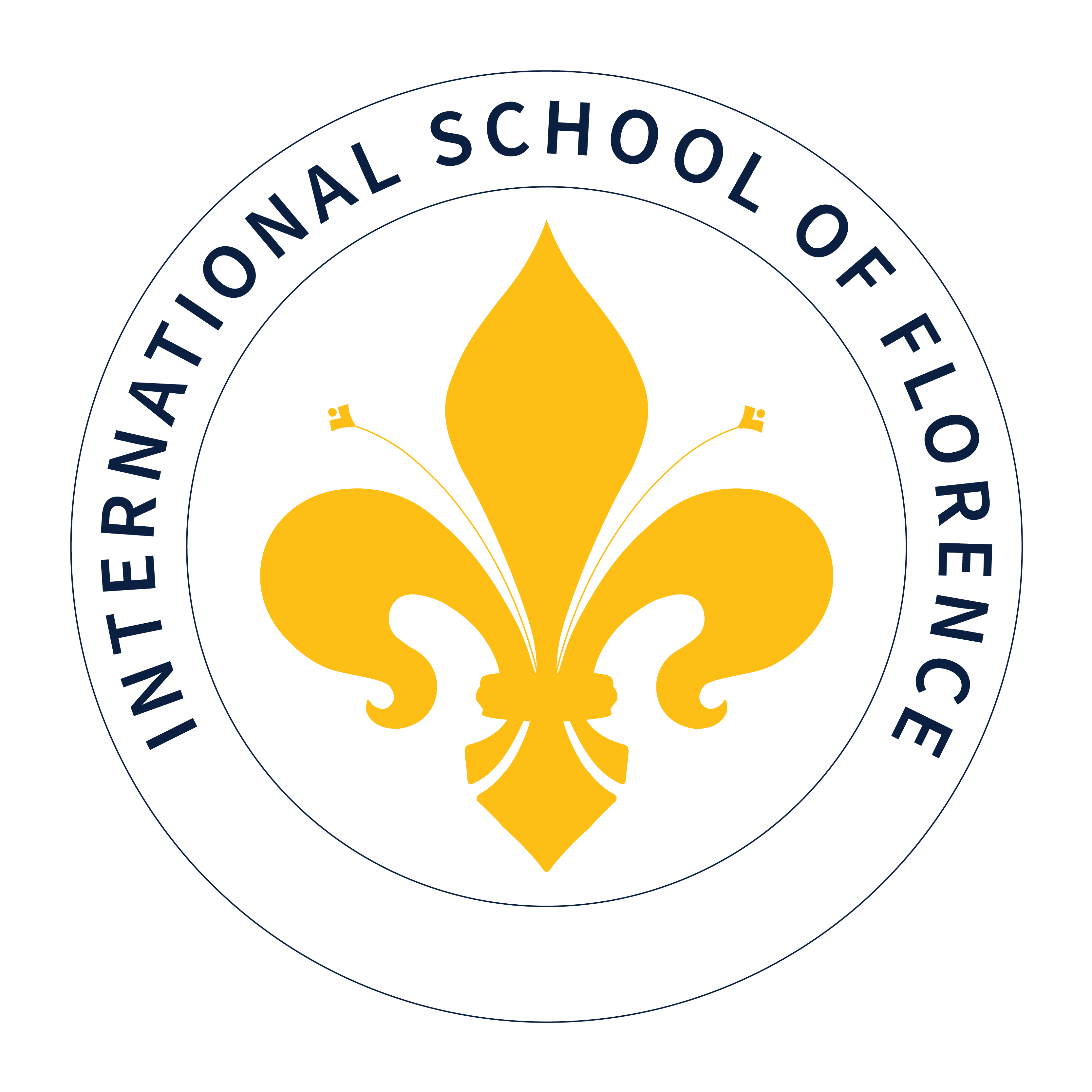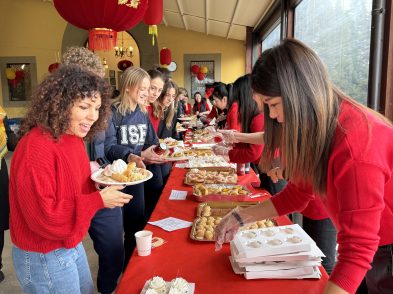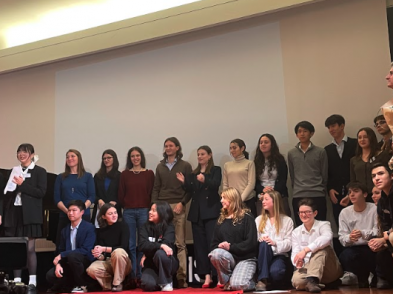When walking down the narrow street of borgo San Frediano with small shops on each side, it is easy to miss the beauty that is hiding in the shadows of an outdoor entryway. Above the entrance, a white bas relief depicting a biblical scene of Archangel Raphael and Tobias hangs next to a memorial of Pasquale Romanelli, the original founder of the sculpting studio. Before even opening the doors, you are given the feeling that you are about to be transported to a different time and place, when models, stoneworkers, apprentices and masons flocked the formerly sacerdotal building. The doormat informs you that you are entering the world of Galleria Romanelli.
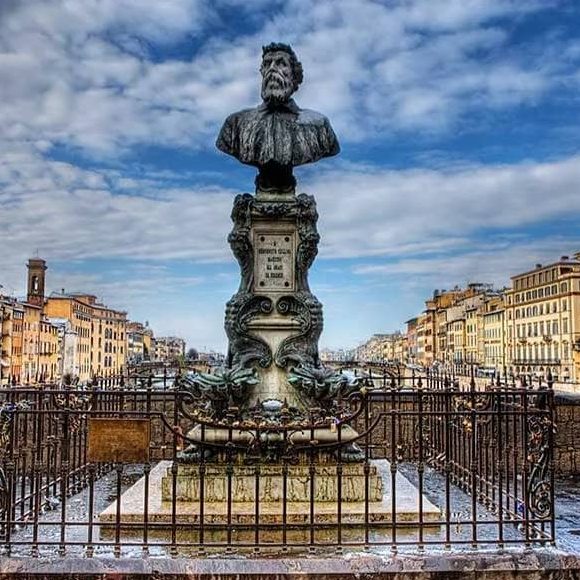
As soon as you walk through the glass door portal, you are greeted by a myriad of statues everywhere the eye can look. The hard work of generations of Romanelli sculptors is visible in the life-like statues of animals and human individuals that seem to breathe and bend with the unnoticeable flow of time. The very atmosphere of the studio suggests its antiquity and well-earned reputation.
The most noticeable figures are the gargantuan horseback sculpture of Giorgio Castriota Scandenbeg, a tall sculpture of a soldier commemorating those who fought in the Italo-Ethiopian War, and a relief called Giustizia di Traiano commissioned by Mussolini during his rule. Eyes darting from left to right, top to bottom, one can spend a whole afternoon simply gazing at the sea of statues, black and white, made from bronze, marble and plaster. As the locked window, wooden ceiling and a wooden corridor indicate, the building where the studio is currently located had a long history before becoming a sculpture atelier as it started out as a church before turning into a convent, and later a hospital.
It is a place for meditation and reflection where worries melt away and the only interruption is from another occasional unsuspecting visitor or from one of the learning artists that has come to create a sculpture of their own. After gazing at the wonders the main room has to offer and as you continue to walk down the stone path, you will see an entry leading to the reception and the studio itself where you will often see the master, Raffaello Romanelli, working either by himself or with other aspiring sculptors on their own pieces. Indeed, whether you are a beginner or experienced in the world of sculpting, Galleria Romanelli offers the rare opportunity of bringing a piece of clay to life with guidance from Raffaello, the master himself. The course is intended to teach students to see life proportions and how to model a sculpture from what you see, he reports. As soon as he sees his visitors he makes them feel welcome and offers his assistance with any query or desire they may have. A proud proprietor, he tells the history of Galleria Romanelli.
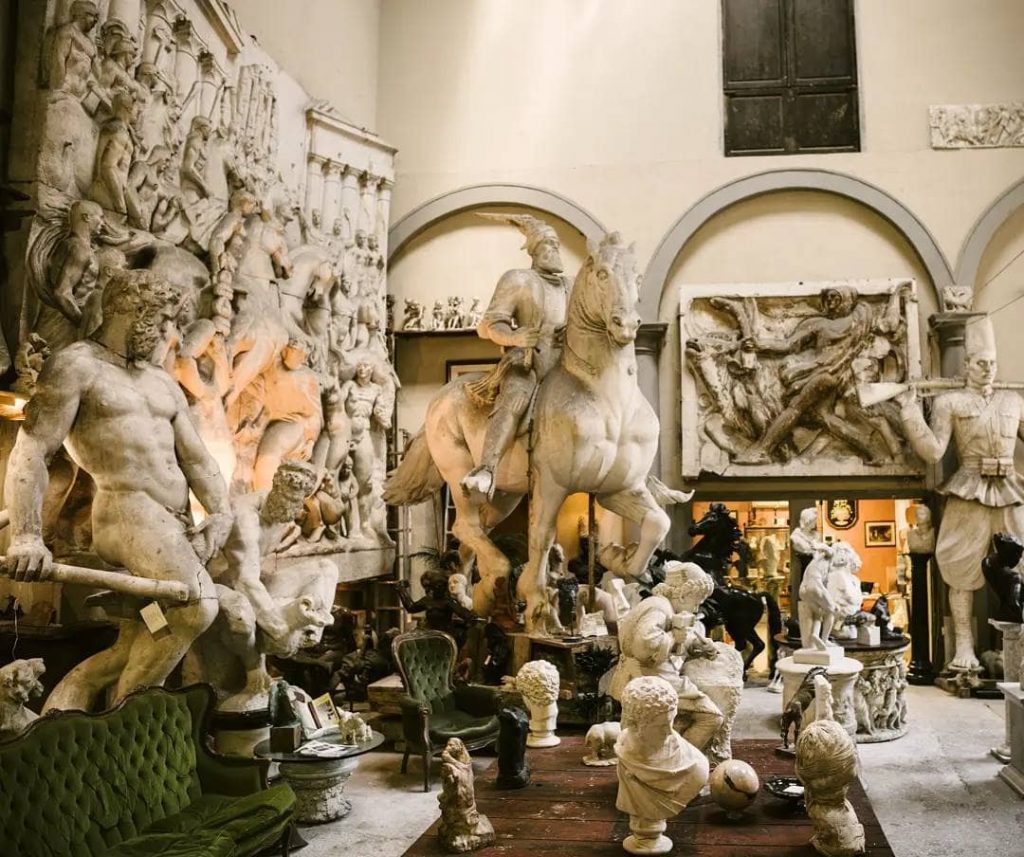
Being the fifth successor of the studio, which has been passed on for five generations down the male line of the Romanelli family, makes his talent bred in the bone. It all started when the founder of the gallery, a man who comes from outside the family, Lorenzo Bartolini, began the business in 1829, where the sculptors of Florence could gather and apprentice. Originally, before Bartolini returned to Florence, he lived in Paris where he was commissioned to create many portraits by the Bonaparte family before Napoleon’s defeat. Two of his most renowned artworks are the Fiducia in Dio, exhibited in Milan, and the monument of Nikolai Demidoff in Florence. His favorite student, Pasquale Romanelli, was the first of the Romanelli to inherit the studio after the passing of Bartolini, who served as the boy’s master from the time Pasquale was in his teenage years. Pasquale’s immense talent earned him the honour of finishing the incomplete works left behind by Bartolini as well as later giving him the opportunity to do the portraits of wealthy patricians who gathered in a line from all over Europe. The next in line was his son, Raffaello Romanelli, whose arguably greater fame than his father procured him the privilege of creating sculptures for famous Italian figures such as Garibaldi, Cosimo Ridolfi and Carlo Alberto di Savoia. His name spread with the nobility of Russia and Romania commissioning him to do their portraits in the east and, in the west, Rockefeller requesting a duplicate of the fountain found in the Boboli Gardens. The accomplishments of their predecessors inspired Folco, Romano and the current Romanelli brothers, Raffaello and Vincenzo, to continue the family tradition.
Galleria Romanelli is now one of the oldest sculpting studios in Europe after functioning for nearly 200 years. It certainly made a significant impact on the history of Florence as the family filled up empty space with beautiful works of art, such the statues of Hercules and the Lion found on piazza Ognissanti, Ubaldino Peruzzi on piazza Indipendenza, Benvenuto Cellini on the Ponte Vecchio and Donatello in the Church of San Lorenzo. So, the next time you are walking around Florence, keep an eye out!
This article was written by Alisiya Ermolenko, a student at The International School of Florence.

